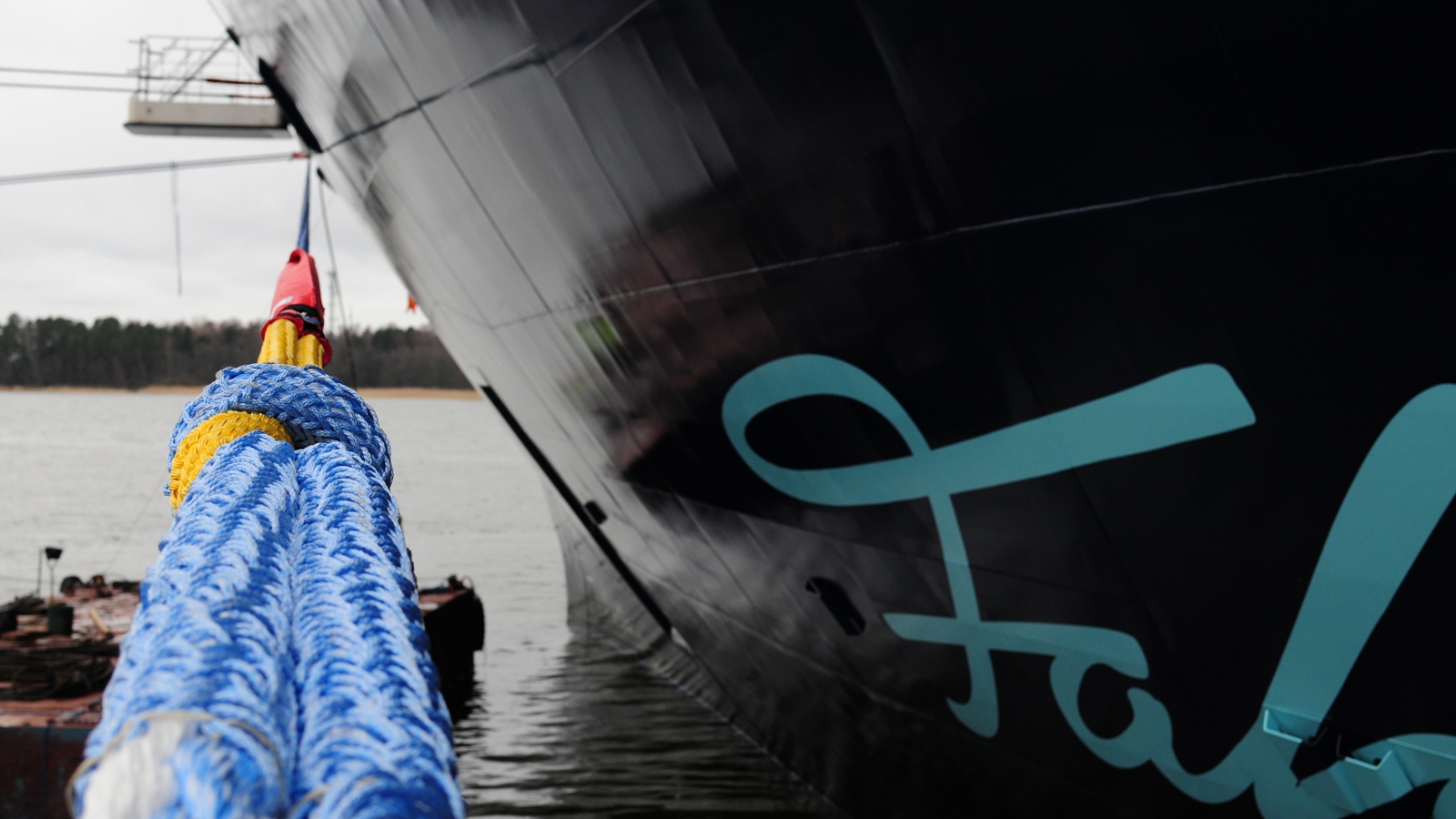Why using unverified anti snap-back solutions can be a serious threat to safety in mooring operations

Wilhelmsen insights
|
Marcel Babinec, Product Manager for Mooring Solutions
Mooring operations are one of the most dangerous operational activities that ship and shore personnel must carry out on a daily basis.
The International Group of P&I Clubs was notified of 858 injuries and a shocking 31 fatalities in mooring-related accidents over a five-year period up to 2021, providing a sobering reminder of the inherent risks.
Furthermore, internal analysis of significant claims conducted by West of England P&I Club revealed that approximately 5% of all severe personal injuries occur during mooring or towing operations. Nearly half of these injuries are associated with accidents involving parting lines.
Safety measures are paramount
These alarming statistics highlight the huge importance of comprehensive safety measures during these critical maritime operations. Operators should take every precaution to mitigate the risks; proper maintenance according to manufacturer instructions, regular inspections and adequate familiarization and training as described in the new SOLAS guidelines are crucial.
The SOLAS II-I Reg. 3-8 ‘Towing and mooring equipment’ was amended by the IMO Maritime Safety Committee (MSC.102) in 2020 resulting in the creation of two new guidelines – MSC.1/Circ.1619 and MSC.1/Circ.1620 – and the revision of MSC.1/Circ.1175. The guidelines came into force on 1 January 2024. (a detailed overview of the regulations and guidelines for mooring can be seen here.)
Careful product selection is vital
At the same time, mooring lines themselves must be chosen with the utmost care. Passive measures such as the use of proven anti snap back technology should be obligatory to minimize the risk of this phenomenon – which every type of mooring rope displays if they break under tension. The released energy makes the rope snap back uncontrollably, travelling at speeds up to 800km/h and striking everything in its path with extraordinary force.
The genuine Timm Snap Back Arrestor (SBA™)* engineered and produced by Wilhelmsen is designed to reduce the risk of snap back and thus protect both the crew and shore personnel from danger. The technology was introduced in 2019, following seven years of intensive research and development, countless prototypes and thousands of testing rounds, including live tests in a simulated real-world environment (read more about how the SBA™ works here).
Since its launch, many other manufacturers have developed their own solutions that claim to increase safety. Wilhelmsen of course welcomes any products to the market that increase safety, however we firmly believe manufacturers should be challenged to prove their products are, in fact, safe to use.
Beware of impostors
Unfortunately, many of these solutions are unverified imitations that pose a significant risk both to onboard crew and shore personnel. They may look similar to the genuine Wilhelmsen SBA™, but reportedly fail to function as described. Crucially, their use can generate a false sense of safety for everyone involved in the respective mooring operation.
At Wilhelmsen Ships Service we frequently receive feedback from concerned customers regarding these imitations. For example, one manufacturer uses the term ‘WSS Anti-Snap-Back' under a ‘Line design designation (product name)’ entry on a Mooring Line Certificate, which could potentially be construed as an attempt to associate their product with the genuine SBA™ produced by Wilhelmsen Ships Service.
In addition, we are often tasked to test samples of ropes that have failed. The results are alarming in that none have successfully passed our tests. Fig. 1 below shows one such sample incorporating a snap-back prevention device that did not function on the vessel and, in laboratory testing, broke simultaneously with the main rope thus failing to reduce snap-back forces.

Fig. 1: Sample of rope showing failed snap-back prevention device
To prevent this risk, it is essential to prioritize the use of established and verified solutions such as the genuine SBA™ by Wilhelmsen (Fig. 2).

Fig. 2: Cross section of Timm Master 12 SBA™
Setting the standard
In November 2022, classification society DNV awarded Wilhelmsen’s SBA™ a statement of qualified technology (Fig. 3), following successful completion of an extensive testing program. This was the first and only time an SBA solution has been recognized by any class society.
The stringent testing protocol comprised different real-world scenarios validate the robust functionality of the technology and identify all possible failure modes. Specific conditions included but were not limited to wet and dry states, varying degrees of contamination, as well as different angles and compression scenarios.
All the tests were conducted in accordance with the DNV-RP-A203 Qualification Procedure for New Technology (industry-recommended practice for qualifying new technology) and were comprehensively reviewed and witnessed by DNV throughout.

Fig. 3: DNV Statement of Qualified Technology
SBA™ functionality was subsequently tested in several real-life trials where it showed excellent results compared to ropes without the technology.
Field proven solution
Following the integration of the genuine SBA™ into Wilhelmsen’s mooring portfolio five years ago, it has been thoroughly proven in the field, with over 30,000 SBA™-equipped ropes delivered to vessels around the world. In addition, ship owners, ships’ crews, port terminal personnel and other industry stakeholders have endorsed its effectiveness in preventing potential major accidents.
Our urgent recommendation to vessel operators is that it is crucial to verify that the snap back prevention solution you choose has undergone real-life testing and that the technology has been validated by a third party, typically a class society. Anything less may seriously compromise the safety of vessel crews and shore personnel.
Safety First!

Fig. 5: Snap-back zone safety warning at mooring station
*SBA™ is a trademark of Wilhelmsen group.